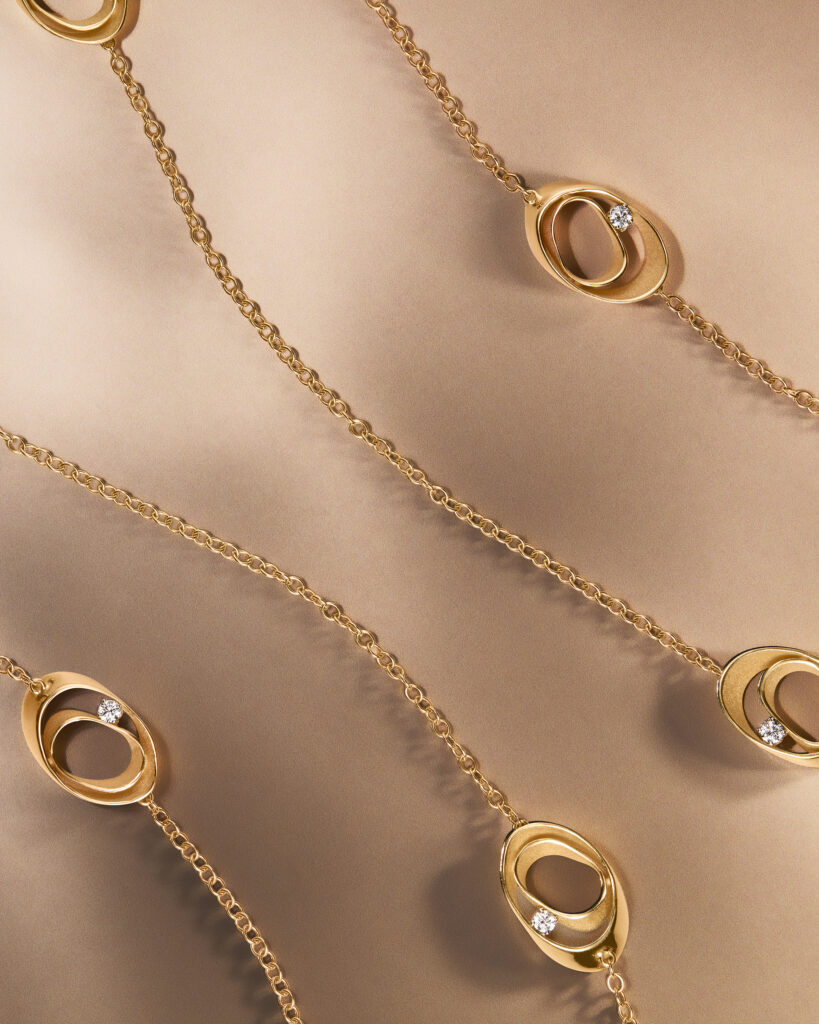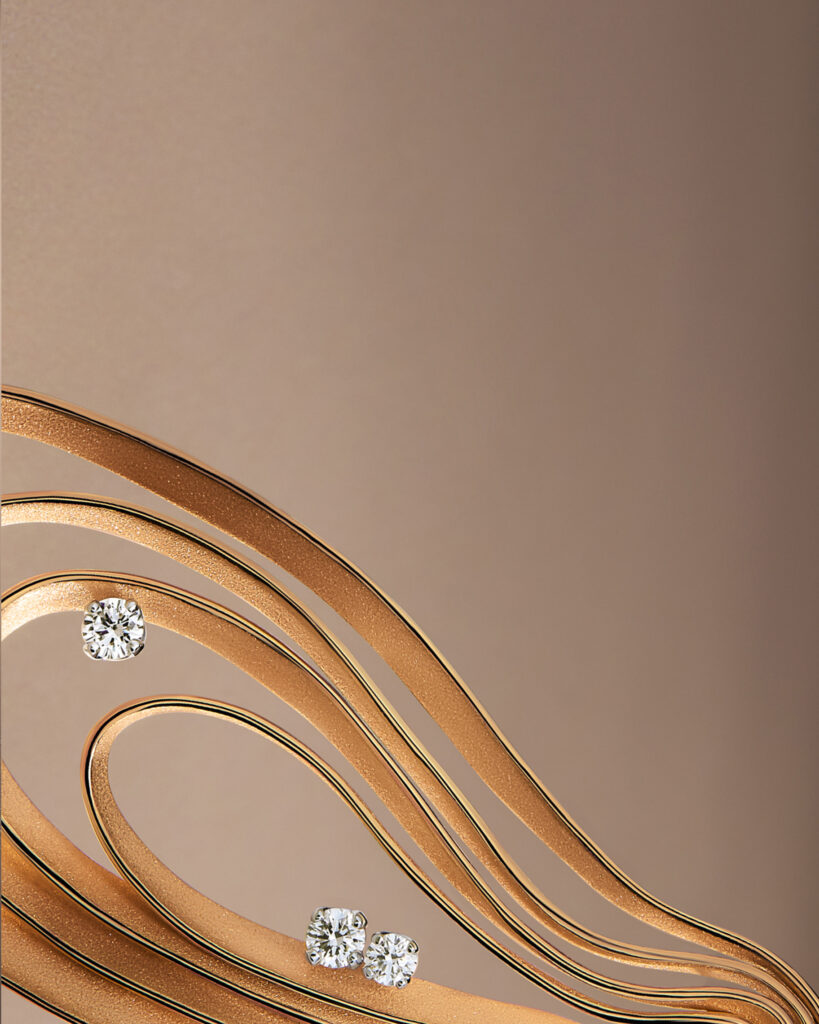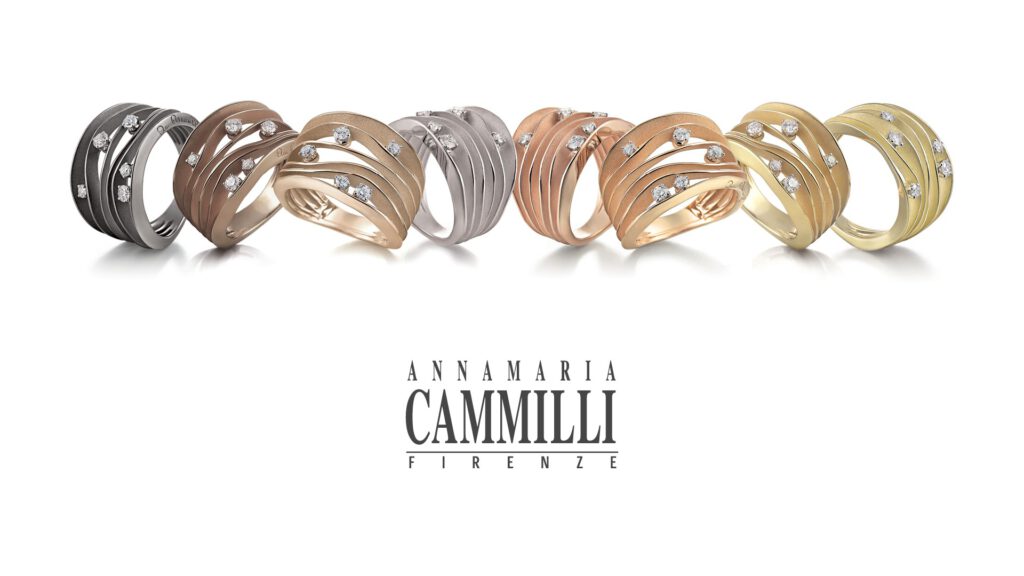A Guide on Colored Gold: Exploring The Different Shades of Gold
In today’s jewelry landscape, we get to enjoy a spectrum of varying shades of gold, crafted by blending pure gold with specific alloys to produce distinctive hues. These variations not only offer durability but also open new avenues for personal style and artistic design.
Whether soft and romantic or sleek and modern, each shade has its own origin, meaning, and method of creation. This guide explores the most iconic shades of gold, how they are made, and the craftsmanship behind them.
What Is Colored Gold?
Colored gold refers to gold that has been blended with other metals to alter its natural tone. Pure gold, or 24-karat gold, is rich in color but too soft for most jewelry applications. To strengthen it and create visual variety, jewelers mix gold with metals like silver, copper, palladium, or nickel.
The resulting alloys change both the color and durability of the gold, making it more suitable for everyday wear and more expressive in design.
Yellow Gold: The Classic Foundation
Yellow gold is the most traditional and recognizable form of gold jewelry. It closely resembles the natural color of pure gold and has been used in adornments for thousands of years, from ancient civilizations to contemporary collections.
It is created by blending gold with small amounts of copper, silver, and zinc. This maintains its signature warm tone while making it more resistant to scratches and wear.
A symbol of tradition, yellow gold remains a timeless choice for wedding bands, chains, and heirloom pieces.


White Gold: A Sleek Innovation
White gold emerged in the early 19th century, but its popularity soared in the 1920s. At the time, platinum was the metal of choice for fine jewelry, until World War II created a shortage as it was reserved for military use.
Jewelers responded by blending pure gold with palladium, silver, or other precious metals, creating a bright, silvery metal that closely resembled platinum. To enhance its shine and durability, white gold is often finished with rhodium plating. Today, it remains a go-to choice for modern, elegant designs.
Rose Gold: A Romantic Revival
Originally known as “Russian gold,” rose gold emerged in 19th-century Russia and quickly gained popularity for its warm, pinkish hue. The color is achieved by combining gold with a higher proportion of copper. The more copper added, the deeper the rose tone.
Rose gold gained international recognition through the intricate Fabergé Eggs created by Carl Fabergé for the Russian imperial family. These pieces showcased the metal’s romantic character and luxurious appeal.
Today, rose gold is beloved for its vintage charm and soft elegance, offering a flattering alternative for a range of skin tones and styles.
Cammilli’s Eight Shades of Colored Gold
While most jewelry features yellow, white, or rose tones, Italian fine jeweler Cammilli offers a broader range of colored gold. The brand has developed eight exclusive shades of gold, each with a velvety matte finish and unique alloy formula.
These include:
- Black Lava: deep and modern
- Chocolate Brown: rich and earthy
- Natural Beige: neutral and versatile
- Ice White: crisp and elegant
- Pink Champagne: soft and feminine
- Apricot Orange: warm and luminous
- Yellow Sunrise: bright and classic
- Yellow Lemon Bamboo: vibrant with a citrus twist
Each tone of colored gold is designed to match different moods, styles, and skin tones, offering a more customized approach to luxury jewelry. Whether you are drawn to the glow of Pink Champagne or the boldness of Black Lava, you will find a shade of gold that reflects your story and style.

Where to See Colored Gold in Person
To truly understand the beauty and craftsmanship behind these shades of gold, visit Scintilla Gioielli, located on the M Floor of Siam Paragon in Bangkok. As the exclusive retailer of Cammilli jewelry in Thailand, we offer an exceptional collection of different shades of gold and unique pieces at our multi-brand Italian high jewelry boutique.

